How to Fix “Error Code: 38” Driver on Windows 11?
When you connect a USB printer, camera, flash drive, phone, or external drive to your computer, the necessary drivers for those devices are installed automatically through your USB Port. However, recently several users have been getting an error 38 when they attempt to use their plugged-in USB devices.
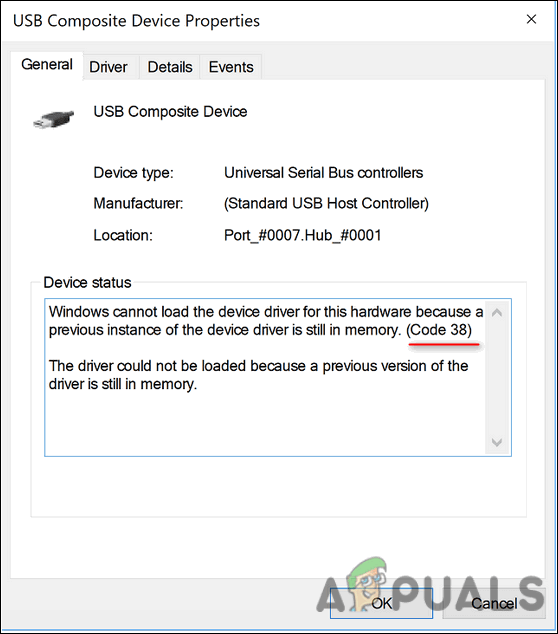
A Code 38 error means that Windows is unable to load the device driver because a previous version is still in memory, resulting in conflicts. Software-related errors crashes in the Registry, outdated drivers, and corruption errors within the Windows operating system are just some of the causes of this error.
Run Hardware and Device Troubleshooter
If you are facing the issue at hand, the first thing that you need to do is run the Hardware and Device Troubleshooter. This program makes sure that new hardware or devices are properly installed on your computer and checks for common problems. The fixes it offers should fix problems with corrupted files and bad drivers that might be causing error 38.
Here is what you need to do:
- Type cmd in the search area of the taskbar and click on Run as administrator to launch elevated Command Prompt.
- Inside the Command Prompt window, type the command mentioned below and hit Enter.
msdt.exe -id DeviceDiagnostic
- This should launch the Hardware and Devices troubleshooter on your system. Click Next in the dialog that has popped up on your screen.
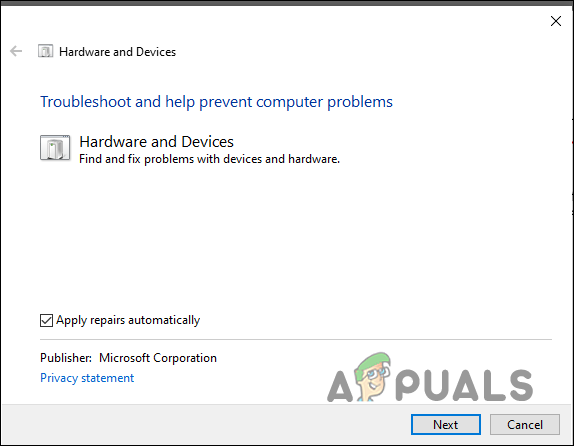
Click on the Next button - Doing so will initiate a scan. If any potential issues are identified, apply the recommended fixes and check if that fixes the error 38 on Windows 11.
Uninstall BitDefender
BitDefender is an antimalware program that has been found to be the main culprit behind the error code 38 on Windows 11. Apparently, in a majority of cases, this security software prevents your USB driver from working properly. This typically happens when security programs consider legitimate Windows processes a threat to the system due to a false alarm, and end up blocking the processes function altogether.
If you are using BitDefender on your system, we suggest you uninstall it and check if that fixes the error 38 for you. Here is how you can do that:
- Type Settings in the search area of your taskbar and click Open.
- In the Settings window, select Apps and then head over to App & features.
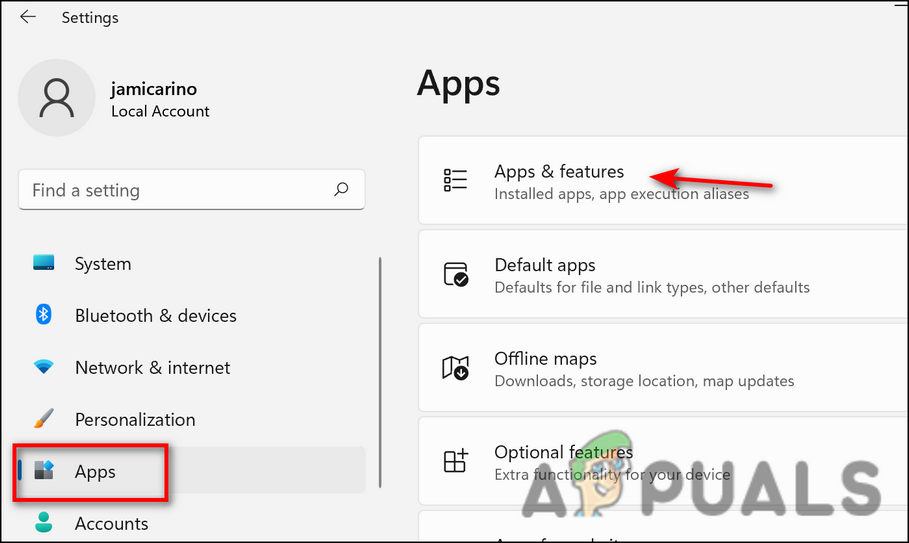
Apps and features - Now locate BitDefender in the right pane and click on it.
- Hit Uninstall and follow the on-screen instructions to proceed.
- Once the program is successfully uninstalled, restart your PC and check if the issue is resolved.
Uninstall Device
One of the best ways to resolve error 38 is to uninstall the USB device from your Device Manager since this error clearly states that “Windows can’t load the device driver because a previous instance of the device driver is still in memory”. Once you uninstall the conflicting driver, your operating system will automatically install a new one when you will plug in the USB device.
Here is how you can do that:
- Type Device Manager in the search area of the taskbar and hit Open.
- In the Device Manager window, scroll down to look for the “Universal Serial Bus Controllers” option.

Uninstall usb - Locate your USB stick’s name and right-click on it.
- Select “Uninstall device” from the context menu.

Uninstall usb device - Reboot your PC after you have uninstalled all instances of USB flash drives. The device drivers will be installed and updated automatically whenever your computer restarts after you plug in a USB drive.
Clean the Memory
Another potential fix that helped several users was flushing the memory. This apparently cleared all the corruption errors and bugs, thus fixing the issue under consideration.
Here is how you can do that:
- Press and hold the Shift key down while clicking on Shut Down.

- Then restart your PC and insert your USB stick to check if the error 38 is resolved.
Perform an In-Place Upgrade
It is also possible to address the issue at hand with a Windows upgrade if nothing else works for you. Make sure you back up the essential system files and create a system restore point before you proceed.
- Launch a web browser and steer to Microsoft’s Windows 11 page.
- Now click the Update Now button and wait for the download to complete.
- Once the file is downloaded, launch it as an administrator.
- You will then be prompted to update your PC’s operating system.
- In case of failure, go to Microsoft’s Windows 11 page and click on Download Now in the same window.
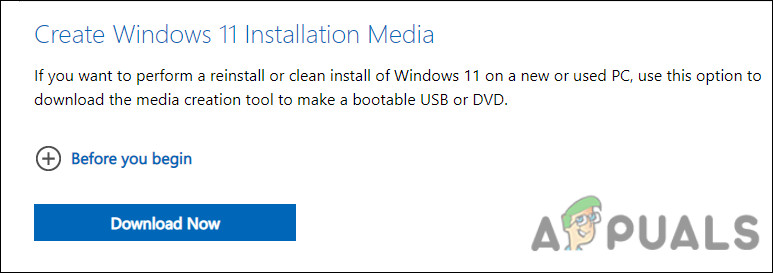
- Run the downloaded setup file as administrator and select Upgrade This PC Now from the window that appears after the download is complete.
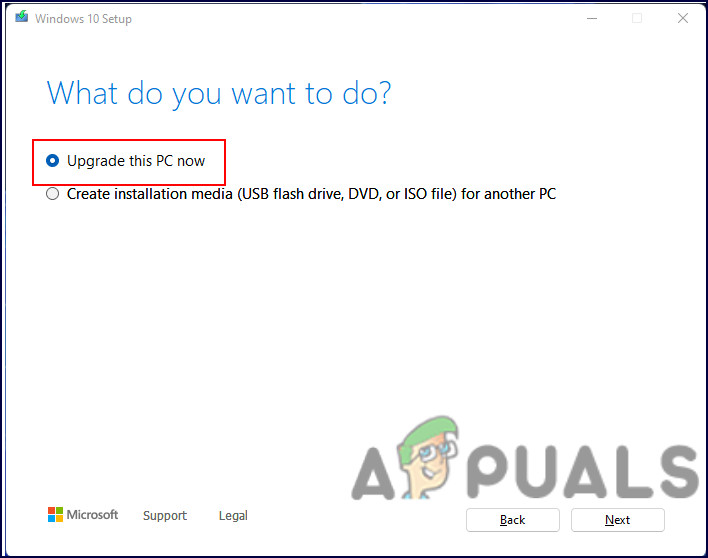
Upgrade PC now - When prompted to upgrade, make sure that you select (when prompted) Keep Windows settings, personal files, and apps.
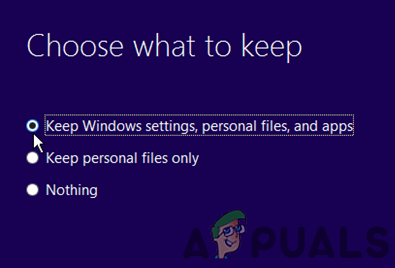
Keep Windows Settings, Personal Files, and Apps - After the upgrade process is complete, hopefully, the Windows would have been completely updated, thus resolving the error 38 in the process.





